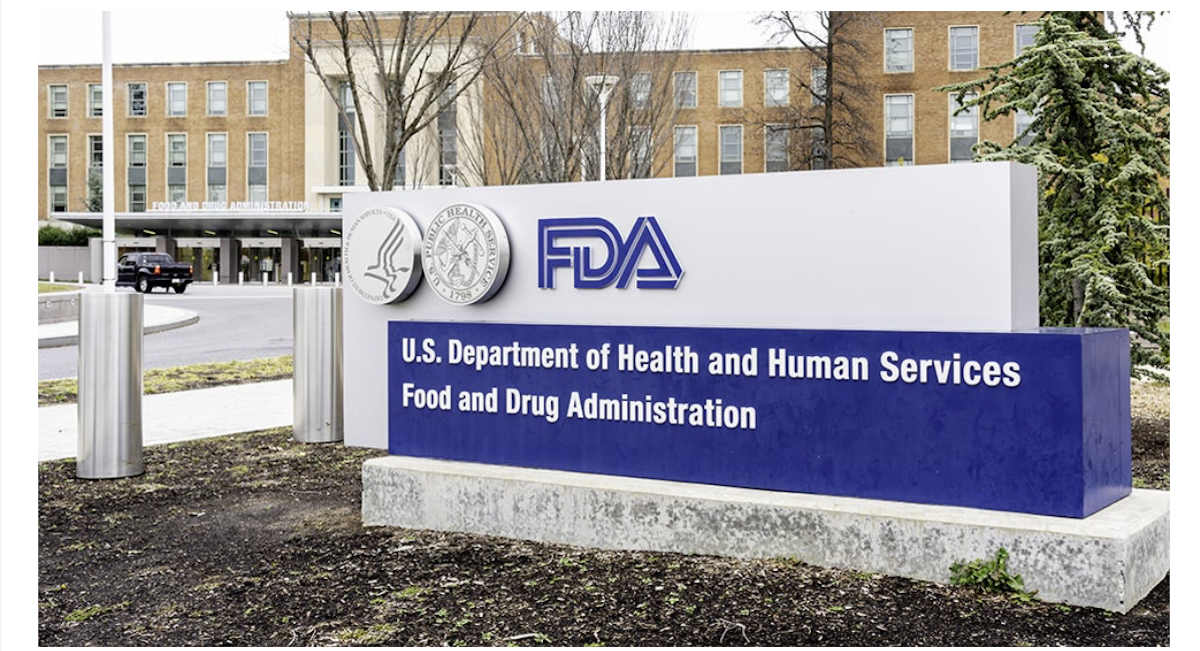After 60 days of waiting, a report on operations at the FDA has arrived. It says the agency needs more money and an organizational chart that has a clear chain of command. Agency insiders, observers, and stakeholders have been calling for both for years.
The report is from the Reagan-Udall Foundation for the FDA, which is separate from the Food and Drug Administration and is a 501-(c)(3) organization created by Congress. It receives funding from the FDA, industry, and private donations.
The report on the FDA, which was commissioned by FDA Commissioner Robert Califf in July, was to take 60 days to prepare from the date work started, which was signed after Califf’s request.
A refrain throughout all 48 pages of the report is that a lack of clear organization is a problem at the FDA, with low funding also mentioned repeatedly.
The lack of funds not only makes it difficult to carry out program objectives but also makes it impossible for the FDA to attract and maintain top scientists. For example, “The Human Foods Program currently has 237 vacancies and is seeking to hire scientific experts in a highly competitive market. To fully address current and future staffing gaps, the Human Foods Program needs both modern hiring and compensation tools to employ the right expertise and compete in a highly competitive job market,” the report states.
Report highlights
From the big picture point of view, the report lays out an organizational chart for FDA that looks like a twisted football organization. The offensive, defensive and special teams coach all report to the general manager instead of a head coach, who doesn’t exist.
People in the know have been aware of this messy FDA hierarchy since 2019 when the office of deputy commissioner for foods and veterinary medicine was abolished. The deputy commissioner was like the head coach and reported directly to the FDA commissioner.
When the deputy commissioner post was obliterated it was replaced by a structure that had the director of the Center for Food Safety and Applied Science, the head of the Office for Food Policy and Response, the Office of Regulatory Affairs, and the head of the Center for Veterinary Medicine all reporting directly to the FDA commissioner.
According to the Reagan-Udall report, this left a fragmented and inefficient chain of command, which observers have been saying for years led to problems.
“The lack of a clear overarching leader of the Human Foods Program has contributed to a culture of indecisiveness and inaction and created disincentives for collaboration,” according to the report.
“. . . An approach that is primarily focused on identifying and reacting to acute outbreaks of foodborne illness and death is unacceptable, and, after FSMA, (Food Safety and Modernization Act of 2011) such an approach is inconsistent with the goals of the statutory framework,” the report continues.
Referring to the lack of a clear chain of command instead of multiple sub-administrators reporting to the commissioner, the report says the current setup has led to significant problems in the FDA which hamper its efforts to serve the public.
“The potential to overcome these issues was foremost among the Panel’s considerations when making recommendations for potential structural changes, recognizing that a definitive and facilitative structure is necessary. . .,” the panel’s report states.
The Reagan-Udall Foundation panel said the lack of a clear chain of command created silos where entities operate without consultation, which creates the problem of some work being duplicated and other issues going unaddressed. Problems with the 2021-22 infant formula outbreak and consequent shortage were an example cited by the panel.
The report hits again and again on the need for a deputy position that various sub-administrators can report to with the deputy reporting directly to the FDA commissioner. Several possible organizational charts are included in the report, all leading to the same conclusion.
The need for funding is the secondary tune and the only other melody included in the report. One of the key budgetary problems cited — in addition to money for qualified personnel to fill open positions — is the need to update information technology in the various subagencies of the FDA.
Not only does the organizational chart set up silos of objectives and work efficiencies, but the outdated IT systems also make it impossible for components of the FDA to share information. Imagine the offensive coach not being able to talk to the quarterback coach during a game.
Other needs
Other problems within the Food and Drug Administration involve a wide array of issues, that, according to the Reagan- Udall report, include:
- A need for stronger relationships with state and local entities;
- The funds to send key staff to conferences and continuing education events;
- An ability to pursue user fees to bolster its budget;
- More transparency within its internal sub-agencies, other governmental departments, and the general public;
- Multiple-year funding to make sure programs continue; and
- More aggressive use of its mandatory recall authority;
- An elevation of the Human Foods Program advocacy to advance the Human Foods
- Program at all levels of the government, especially at the Department of Health and Human Services (HHS) and the White House, including the Office of Management and Budget;
- Moving the current Office for Food Policy and Response responsibilities for various approaches such as the “Smarter Era of Food Safety” to the Center for Food Safety and Applied Nutrition;
- Request records from food manufacturers in advance of or in lieu of an inspection, with a reasonable timeframe, within reasonable limits, and in a reasonable manner, and either in electronic or physical form; and
- Be notified when designated food categories, such as medical foods/infant formula, are likely to experience shortages or when supply chain disruptions are anticipated.
(To sign up for a free subscription to Food Safety News, click here)

